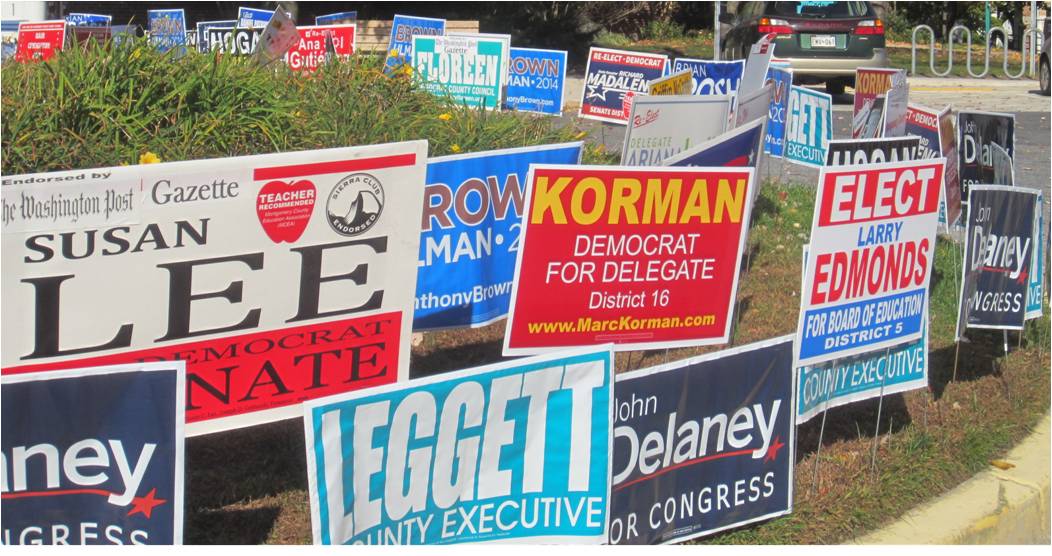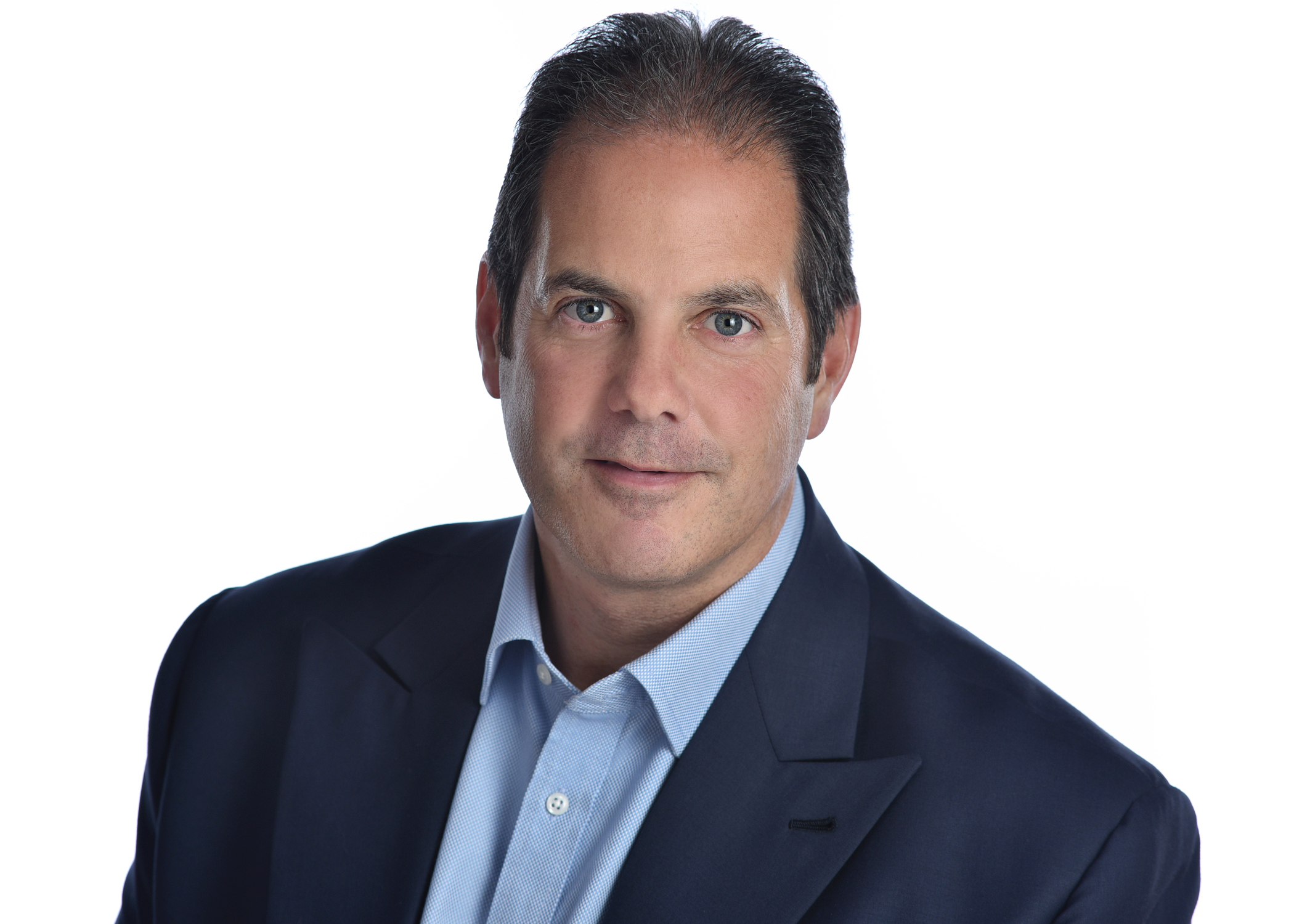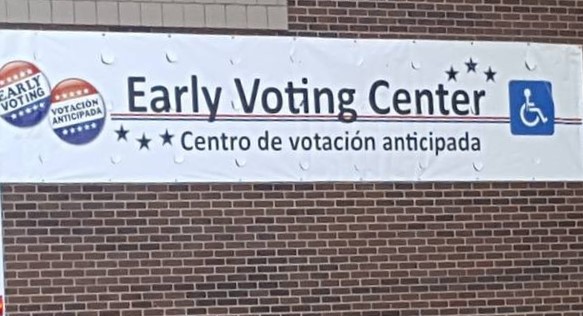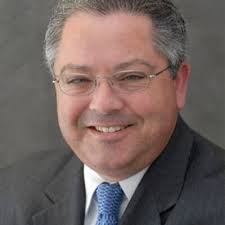‘September Is the New October’ for Political Advertising
Early ballots, get-out-the vote are changing campaign tactics, as media scramble to clear ad avails

Political advertising in 2020, like many other factors in this unprecedented campaign season, will be very different. It’s not just about the mail-in ballots brouhaha or result report challenges on the night of Nov. 3.
Cable, broadcast and advertising executives plus seasoned political tacticians and analysts are gearing up for constant revisions in how campaigns advertise during the coming six weeks. They are trying to determine how to schedule messages in a year where up to 50% of voters may cast their ballots well before Halloween weekend, when (in a “normal” year) we’d see a deluge of last-minute campaign commercials.
“September is the new October,” Republican ad strategist Evan Tracey told me.
Democratic media expert Mark Jablonowski said he expects that “the typical binge right at the end … will be smaller since campaigns will begin spending earlier.”
Like other political operatives and media executives, rivals Tracey and Jablonowski agreed that the early emphasis is “get-out-the-vote” messages, both by candidates and political action committees. They said that COVID-19 has forced everyone to “focus early” on political advertising. Moreover, constant polling throughout the coming weeks will drive campaigns to buy commercials in locations where they identify still-undecided voters who have not yet cast early ballots.

Dan Sinagoga, head of political sales at Effectv, the advertising sales division of Comcast Cable (formerly known as Comcast Spotlight) expects that the commercial flow during September and October will be front-loaded more than usual.
“Early spending for the General Election is up by 14% in Effectv markets this cycle compared to 2018 and 20% over 2016,” he told Multichannel News.
The smarter way to stay on top of the multichannel video marketplace. Sign up below.
“States like California, Colorado and Oregon have always been traditional heavy mail-in states in the Effectv footprint, but you will see more early voting in battleground states like Pennsylvania, Michigan and Florida than ever before according to our agency partners,” Sinagoga explained.
As for sufficient ad-time inventory, he acknowledged that availability has “become a challenge” to some non-political clients, leading to a “delivery strain” as the amount of campaign advertising increases.
“Had it not been for the slow ramp to the retail business due to COVID-19, August’s political uptick would have caused greater spot clearance issues for non-political advertisers,” he said, noting that August felt “very much like the General Election window started already.”
He cited the growth of multi-platform advertising, which Sinagoga calls “a pivotal part of Effectv's sales efforts with VOD and IP inventory pitched along with linear TV on every avail.” He expects video-on-demand (or Connected TV) to become the “#1 or #2 reach channel available – on broadcast or cable – regardless of the market.”
“We are seeing a sweeping change in 2020 as it pertains to media allocations,” he said. “We are seeing political agencies and their clients planning for up to 25% of budgets towards OTT resources.”
Sinagoga points out that more than 70% of all digital political advertising is being placed programmatically.
“Effectv launched a programmatic offer in July and is pacing far ahead of where we had hoped at this point, with the General Election spending still to go,” he said.
Like others who are monitoring campaign spending, Sinagoga observes that media outlets in swing states are already seeing political ad growth – especially ones where early voting is widely used.
“The elongated voting season was a big driver in the record-setting political ad spend [Effectv] saw in August,” Sinagoga said, citing a FCC public file which showed that other companies also “benefitted from that heavy up.”
Singagoga observes that “viewership data being used more holistically” in political ad buying.
“We averaged between eight to 12 networks on political buys during the primary season this year, where we typically see between one to four networks,” with the biggest growth coming on cable news channels. He noted that there were “Fox News-only executions in heavily Republican states.”
Effectv’s data shows that viewers are spending more than 77% more time with cable news, mainly MSNBC and Fox News. Moreover, political ads are going to female-skewing networks such as HGTV, USA, TLC and the Food Network, which he calls “voter-rich environments.”

More Automotive, Retail Competition for Ad Avails
This year’s political advertising playbook is complicated by competition for channel inventory as beleaguered retailers begin their pre-holiday marketing campaigns earlier than ever in an effort to recoup sales lost during the early days of the COVID-19 lockdown. Now is also prime season for automotive advertising as car companies introduce new models with aggressive TV campaigns.
In addition to candidates’ commercials, this year’s political line-up will be overwhelmed by Political Action on Committees ads, which are not subject to the “lowest unit price” (LUP) rates that candidates must be offered for broadcast and cable TV buys.
Steve Lanzano, president and CEO of the Television Bureau of Advertising, has observed variants of the early-advertising movement in many states. "It started earlier," he told me with a nod to the "agility" of political media buyers, who are buying time dynamically.
“Their money moves on a daily and weekly basis, based on the polls,” he said.
At Gray Television Inc. (which owns or operates TV stations in 94 markets), Kevin Latek, executive VP and chief legal and development officer, also acknowledges that “early voting [puts] pressure on campaigns to ramp up advertising earlier than October.”
“We saw some 2020 Senate candidates start advertising last summer,” he said, noting that, “Political advertising displaces traditional advertising to varying degrees.”
Like Sinagoga at Effectv, Latek cited the increasing role of political ads on digital platforms, including ones each company operates. He pointed to the growing role of targeted political ads on connected TV/over-the-top ad platforms, which are sold through the company’s ad representatives.

Political Gurus See “Everything Happening Earlier”
Steve Passwaiter, VP/general manager at Kantar Media’s Campaign Media Analysis Group (CMAG), which monitors political advertising, characterizes 2020 as “very unfamiliar territory.” He observes that political action committees – which are not entitled to the LUP rates that candidates pay – are outspending candidates.
“This year we’ll get a flood of ads early,” Passwaiter told me. He cited the “passion that’s in the mix this year,” although he still expects 40% of campaign funds will be spent on ads during October – probably early in the month.
Kantar envisions $7 billion in national, state and local political advertising in this election cycle, including $1.2 billion for local and network cable TV and $3.5 billion for local and network broadcast TV. Digital platforms will garner $1.8 billion of the total, with the balance going to radio, print and other media.
PQMedia, a Connecticut firm that has been analyzing election spending since 2004, expects total political advertising to top $9.3 billion this year.
Dr. Leo Kivijarv, executive VP and research director at PQMedia, also expects “October will be a bigger month than normal.”
“Spending will not be concentrated in the last two weeks before Election Day,” he told me. Like other researchers, Kivijarv expects ad-buying decisions will be made dynamically as campaign strategists track voter polls – especially in swing states – in order to throw money to lure voters who are still making up their minds. He is especially focused on radio, which over-indexes on Black and Hispanic voters
Republican and Democratic party strategists also are evaluating how mail-in and early voting processes are affecting ad tactics. Most acknowledge that COVID-19 has curtailed traditional campaign procedures – especially for local races – such as neighborhood events or door-knocking appeals.
Jablonowski, managing partner & CTO of DSPolitical, a digital advertising company for Democratic candidates and progressives causes, said “everything is happening a little earlier.”
"Ad buys are beginning earlier than ever for the more competitive races," he told me. "Peak spending will start a bit sooner and last a bit longer than is typical," although campaigns for down-ballot races may be delayed because of fund-raising problems, he said.
“There are likely to be more buys than previous years – and they will be aligned to several key dates on a state-by-state basis,” Jablonowski added. “We’ll also see get-out-the-vote buys starting earlier and running longer in more states. But this isn’t about the number ad buys; it’s about the amount of money that is behind the buys.”
“This election requires a much larger voter education and get-out-the-vote effort to help those who are unfamiliar with new voting processes and important dates to remember in addition to Election Day. That means multiple flights, targets, and creative strategies,” Jablonowski said.
Republican political consultant Tracey agreed that early advertising to get-out-the-vote will be a prime GOP goal this year. Beyond seeing September as “the new October,” Tracey described the increased importance of get-out-the-vote efforts plus the newfound attention to over-the-top and connected TV this year.
People are learning how their smart TVs work with all their time at home,” he said. “It will be a more challenging buying environment as we move toward November.”
Tracey expects PACs as well as candidates to put funds into early voting promotions. And ultimately he acknowledges that since 80% of Americans have already made up their minds on which Presidential candidate they favor, the big push is to get out the vote and sway that “undecided” cadre of 15% to 20% of votes to swing your way.
Tracey noted that historically early voting has been a way “to bank your base.” Now, he said, the message to everyone is, “Don’t wait for Election Day.” He called it a tactical move to “get your base voters to bank their votes early, then concentrate on the undecided.”
As a result, ad spending is coming early “because it’s that kind of year.”
“This is the only business where you spend the most amount of money when you have the least number of prospective customers left,” Tracey said.
Contributor Gary Arlen is known for his insights into the convergence of media, telecom, content and technology. Gary was founder/editor/publisher of Interactivity Report, TeleServices Report and other influential newsletters; he was the longtime “curmudgeon” columnist for Multichannel News as well as a regular contributor to AdMap, Washington Technology and Telecommunications Reports. He writes regularly about trends and media/marketing for the Consumer Technology Association's i3 magazine plus several blogs. Gary has taught media-focused courses on the adjunct faculties at George Mason University and American University and has guest-lectured at MIT, Harvard, UCLA, University of Southern California and Northwestern University and at countless media, marketing and technology industry events. As President of Arlen Communications LLC, he has provided analyses about the development of applications and services for entertainment, marketing and e-commerce.

